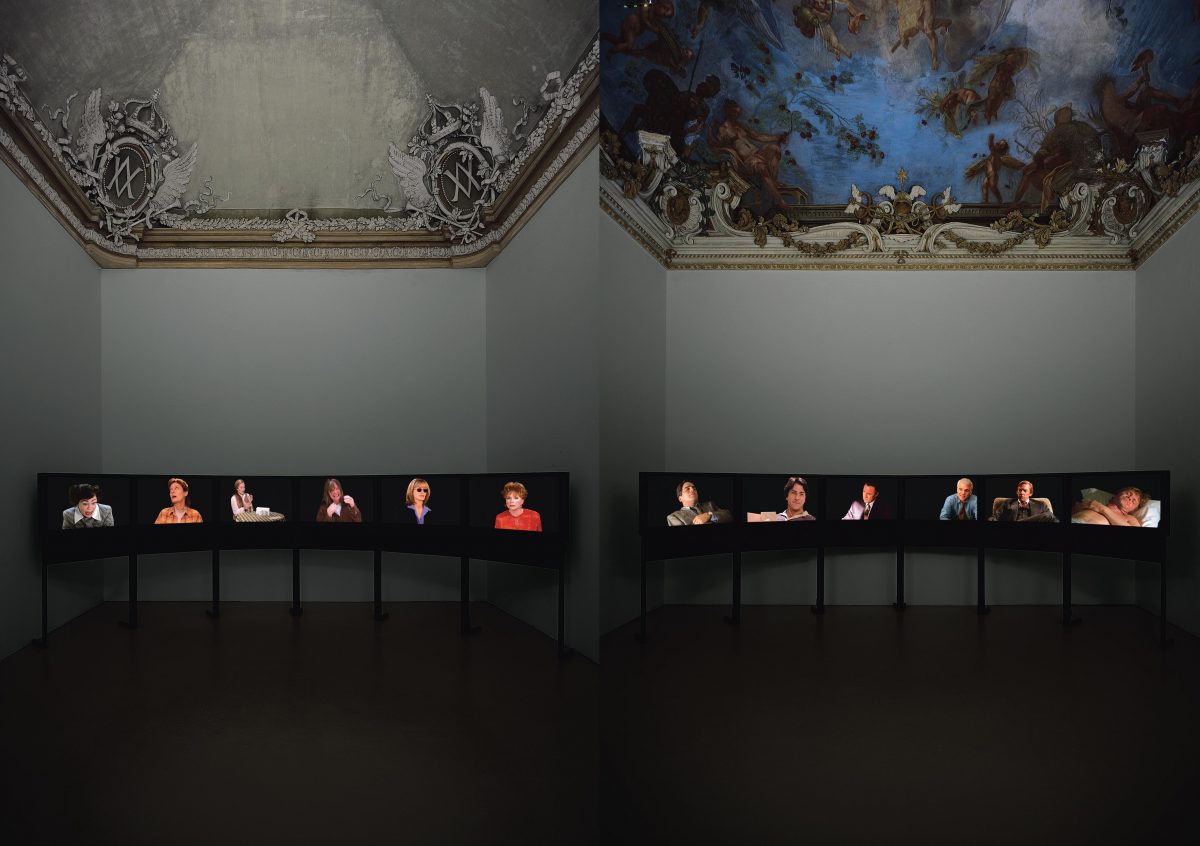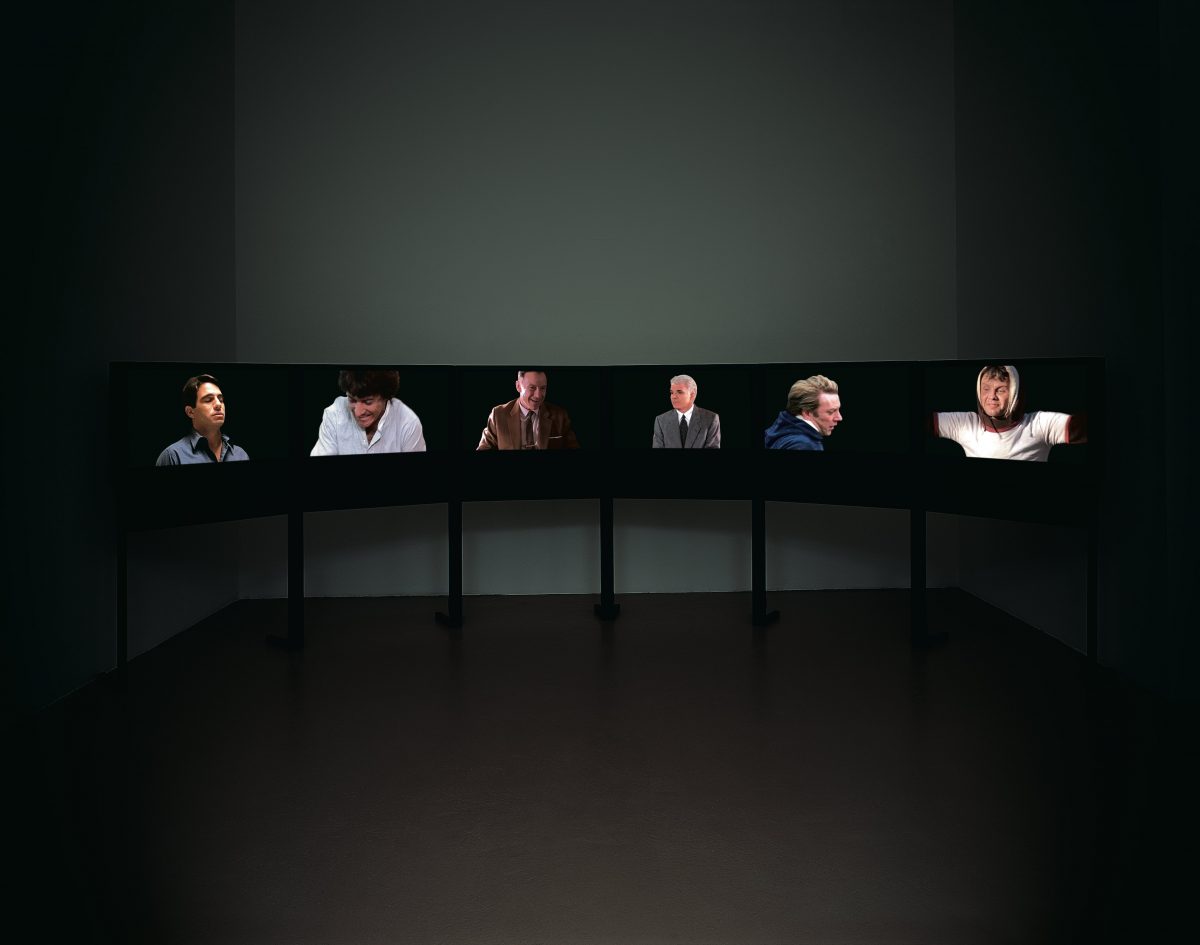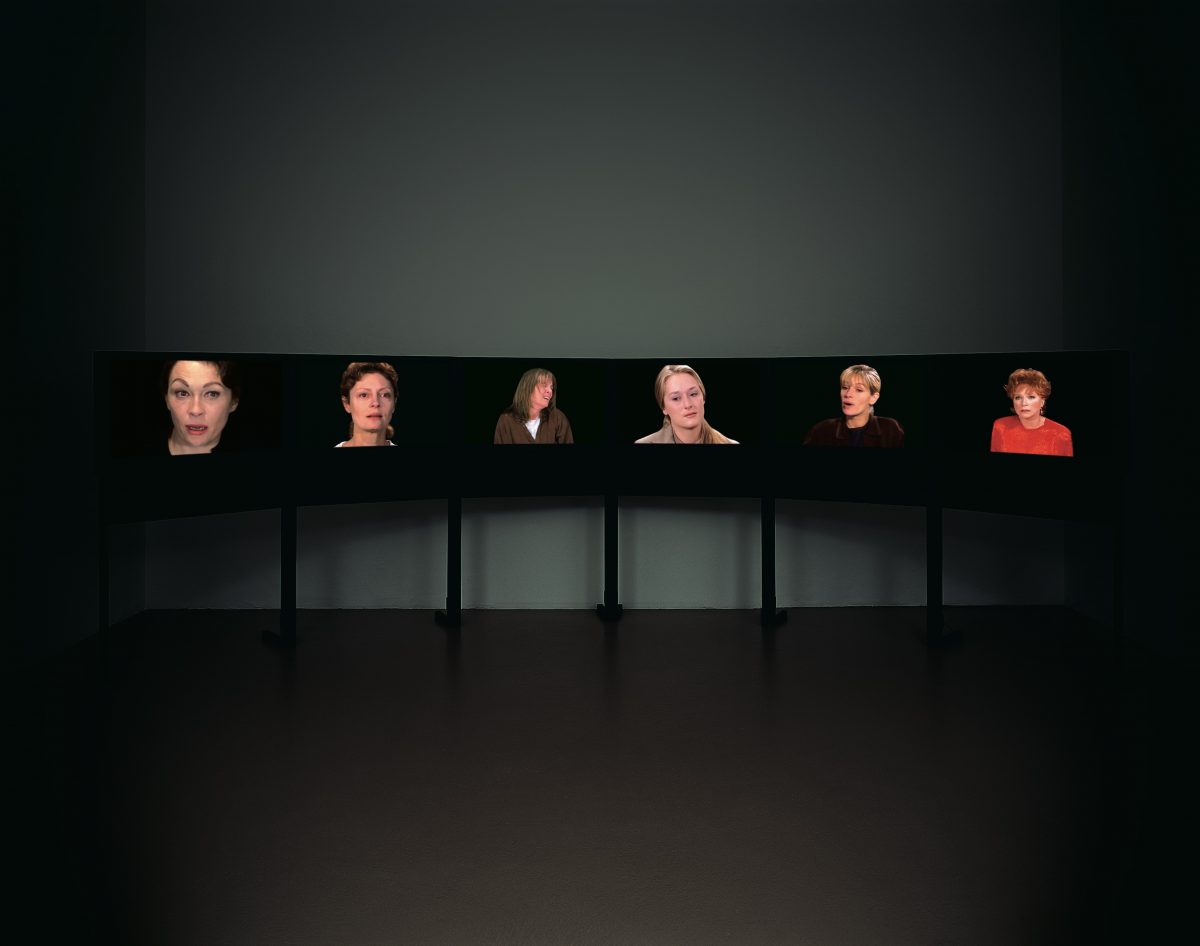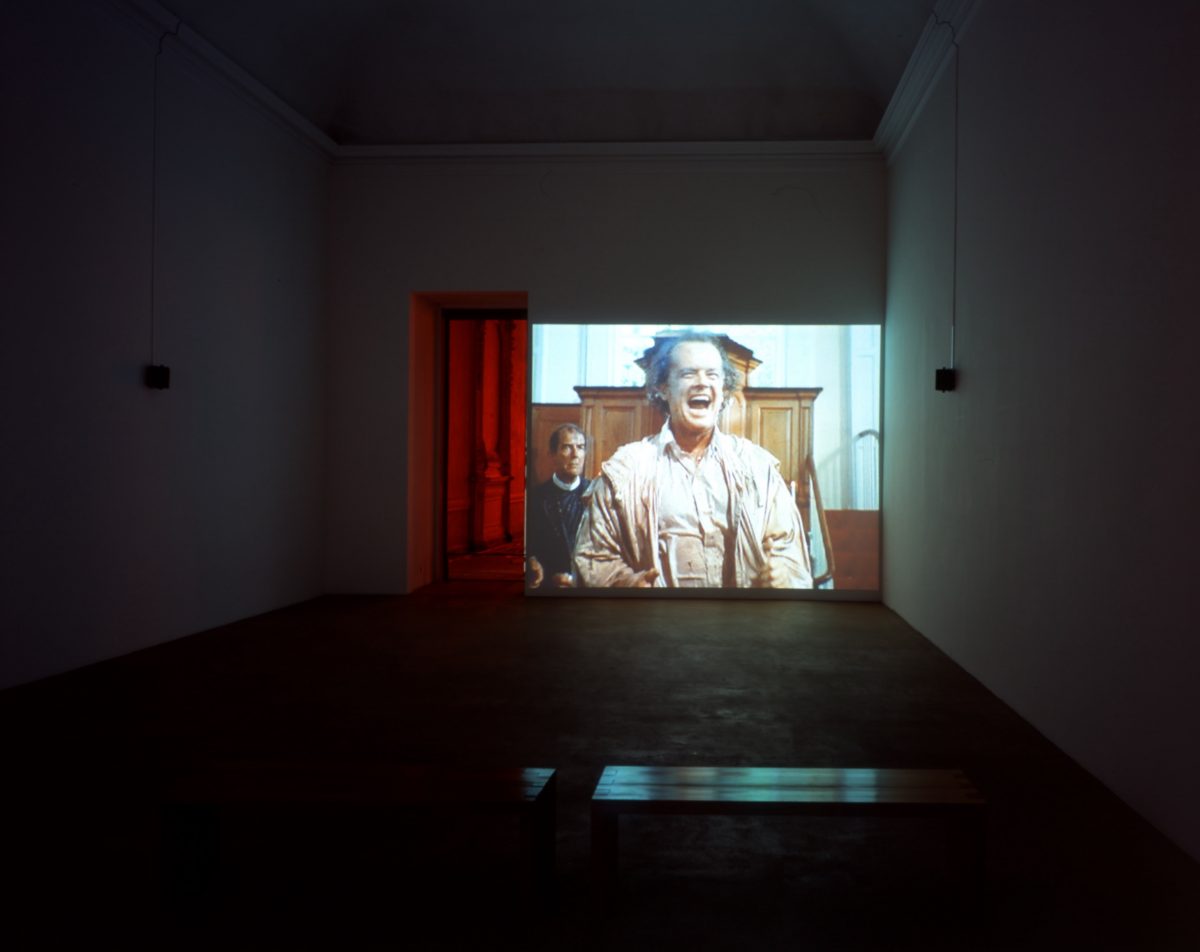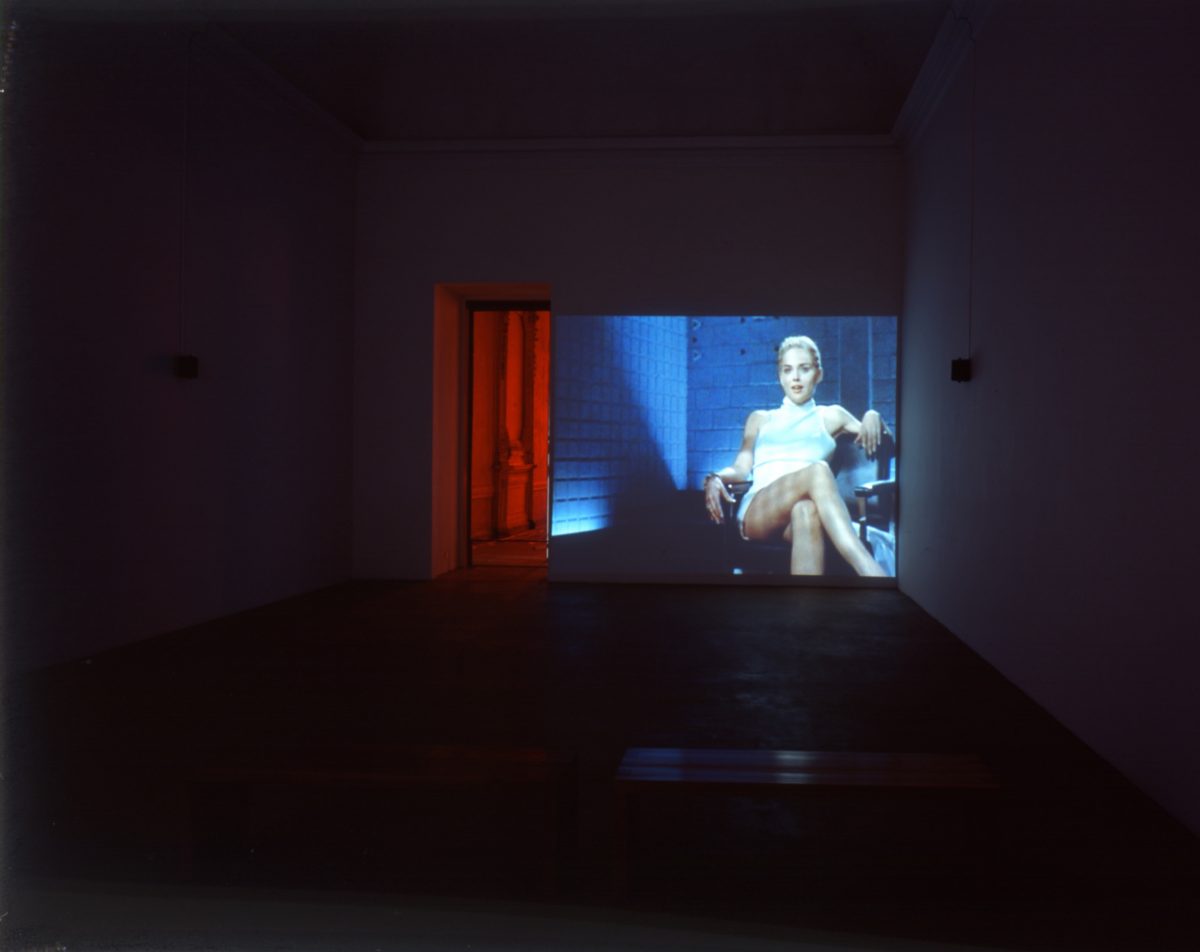
- This event has passed.
candice breitz: mother + father
An act of resistance, the art of Candice Breitz draws on contemporary mass culture, devising new systems for understanding reality. Born in 1972 and raised in Johannesburg, Breitz belongs to the South African generation that lived through the reign of Apartheid, which attempted to impose political power by turning social divisions and disinformation into weapons of conquest.
The artist’s childhood memories are tied to an educational model that fomented racial divisions, eliminating any possibility of contact and, even at the primary school level, preventing different ethnic groups from availing themselves of a common language.
Compelled to navigate a continuous linguistic Babel, made up of a totality of sounds that could not be aligned with certainty to any precise meaning, Breitz describes this experience as a situation of constant estrangement. This radical formative period influenced her artistic direction, nurturing her idea of art as a tool of awareness and communication that can open up otherwise inaccessible models.
The search for a terrain of immediate communication, and the desire to escape the temptation to produce art of an immediately autobiographical nature, have led Breitz to make use of mass culture, adopting pop music, MTV videos, TV series, and mainstream Hollywood films. According to the artist, these forms of media expression represent a “lingua franca,” a shared territory that can unite, even by an intentionally “low” common denominator, linguistic, cultural, and social experiences that would otherwise remain isolated from one another. The faces of Hollywood actors are known to millions of people, and the same songs are broadcast simultaneously by radios across the globe, making it clear that the context Breitz draws upon is a widespread system, one that can create a community of spectators, or more accurately voracious, hyper-nourished, and potentially passive consumers. As Breitz admits, she personally belongs to this community, sharing with so many others the pleasure of a Julia Roberts film or the latest Madonna song, submissively consumed like foods that soothe the mind.
Considering herself a “symptom” of her own time, Breitz has articulated her artistic practice by acting directly inside pop culture, opening up, unhinging, and fragmenting its apparent solidity, and devising a sort of creative intervention that transforms her from mute spectator into an active, critical voice. Conceived specifically for Castello di Rivoli, Mother + Father, 2005, represents one of the artist’s most complex projects to date. The work is developed in two distinct installations, each made up of six videos projected on plasma screens. The protagonists in the first installation, entitled Mother, are Hollywood actresses Faye Dunaway, Susan Sarandon, Meryl Streep, Diane Keaton, Julia Roberts, and Shirley MacLaine. In Father the six father figures have the well-known faces of actors who include Tony Danza, Dustin Hoffman, Harvey Keitel, Steve Martin, Donald Sutherland, and Jon Voight.
Using a working methodology that is typical of her work, Breitz has appropriated preexisting images for each installation, in this case from Hollywood films that focus on family relationships and, respectively, the different typologies related to the idea of motherhood and fatherhood. Employed as raw material, these films, which include dramas such as Kramer vs. Kramer and light comedies such as Father of the Bride, are subjected by the artist to a complex operation that goes through numerous stages to finally articulate a new work. Dissecting the dynamics and interweavings that underlie each film, Breitz’s meticulous process implies, for the first time in this project, a total alteration of the given narrative layout, resulting, instead, on a focus on the characters and the revelation of their key constituent elements. This analysis, carried to extreme consequences, is heightened through a specific digital process whereby the artist erases the context that surrounds the figures in each scene and isolates discrete scenes, to rearrange them according to a script of her own making.
In Mother + Father it is as if the artist were re-directing some of the most well known faces in Hollywood, without their consent, like young actors subjected to a cruel audition. Suspended in a void made up only of words, facial expressions, and body language, the new interactions of these actors and actresses give rise to the theatrical space of Breitz’s work. Puppets in the hands of a new master, the actors thus offer an absolutely original interpretation, and the dialogues they unleash carry the idea of fiction to a new level. Digital simulacra, the mothers and fathers devised by the artist are hostages, trapped within a specific emotional repertoire that questions the canons according to which the media – television and Hollywood – have taken over the role of parenting, training the public to experience, through the screen, circumstances that, instead, pertain to real life.
Open to the interpretation of each viewer, Breitz’s work can be considered a possible prototype for an interactive media, a new frontier of a technology that can be used for drawing closer to reality.
Marcella Beccaria


